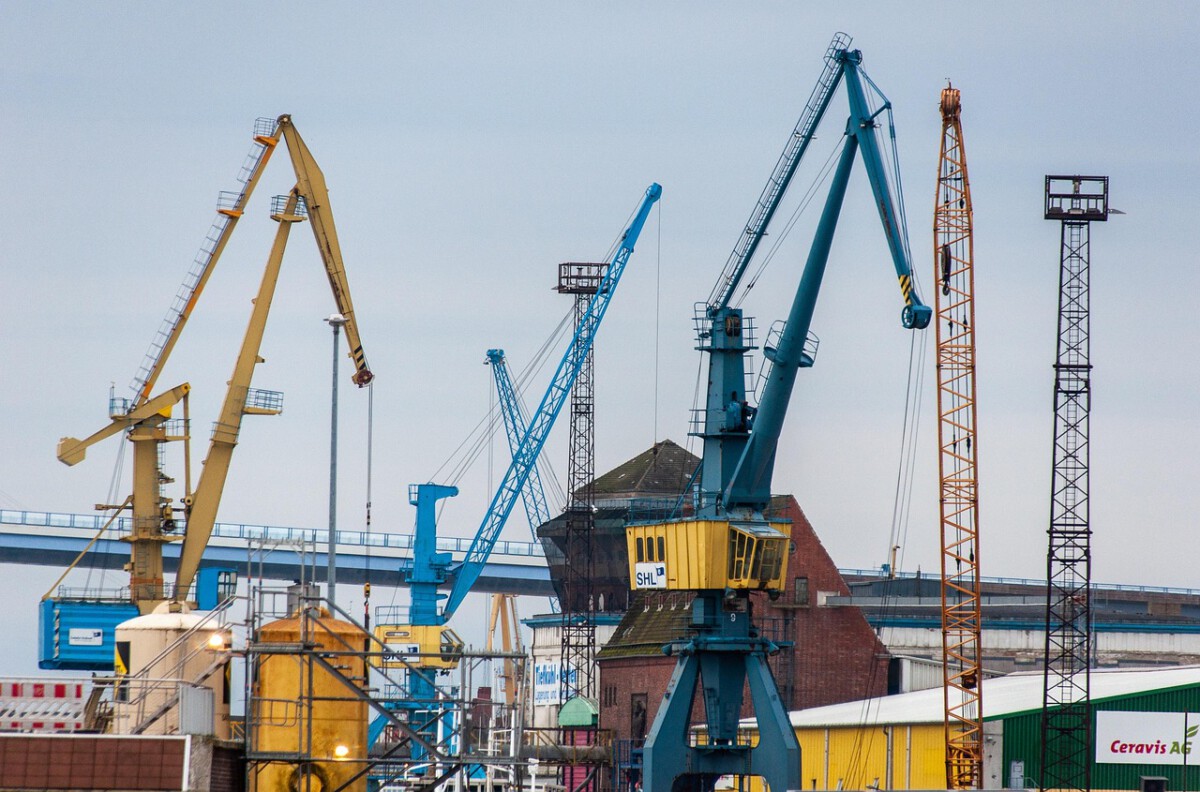The Massive Scale of Depression-Era Construction

The overall numbers are staggering – the agency covered the U.S. with 650,000 miles of road, built 78,000 bridges, erected 125,000 civilian and military buildings, and constructed or improved 800 airports. Picture this: during the bleakest years of American history, when unemployment reached nearly 25%, the country somehow managed to build more infrastructure than most nations construct in a century.
Under the direction of Harry Hopkins, the WPA would spend more than $11 million in employment relief before it was canceled in 1943. This wasn’t just about putting shovels in the ground – it was about fundamentally transforming what America looked like. The statistics tell a story of unprecedented ambition at a time when hope was in short supply.
When Young Americans Built the Nation’s Parks

The Civilian Conservation Corps employed over 250,000 young men nationwide from March 1933–July 1942 to build trails and parks in public lands, largely in the West. These weren’t just any workers – they were mostly unemployed young men between 18 and 25, earning around $30 a month with most of that money sent home to support struggling families. The program employed over three million workers, primarily in environmental conservation tasks, such as planting trees, building parks, and restoring historic sites.
The CCC camps operated with military-style discipline, but their mission was purely constructive. CCC workers built trails, improved campgrounds and public structures, managed erosion and fires, and built lookouts across the state, including Mt. Rainier National Park, Olympic National Park, and the Yakima and Spokane Indian Reservations. These young men literally carved America’s recreational infrastructure from wilderness, creating the foundation for what would become our modern national park system.
The WPA’s Employment Revolution

Roosevelt’s work-relief program employed more than 8.5 million people. That’s roughly equivalent to the entire population of New York City at the time. For an average salary of $41.57 a month, WPA employees built bridges, roads, public buildings, public parks and airports. But here’s what made it different from modern welfare programs – it gave people dignity through work.
Hopkins observed, “Give a man a dole and you save his body and destroy his spirit. Give him a job and you save both body and spirit.” The WPA wasn’t just about infrastructure – it was about preserving American self-respect during the nation’s darkest economic hour. Between 1935 and 1943, the WPA employed 8.5 million people (about half the population of New York).
Building America’s Aviation Future

The WPA funded the construction or improvement of roughly 800 airports, and one of the biggest ones the WPA helped build was LaGuardia Airport in Queens, New York. When LaGuardia opened in 1939, commercial aviation was still in its infancy. Most Americans had never flown in an airplane, yet the New Deal was already building the infrastructure for an aviation revolution that wouldn’t fully materialize until decades later.
This forward-thinking approach wasn’t limited to New York. Across the country, the WPA was constructing airports in communities that barely understood their future importance. These weren’t just landing strips – they were complete facilities with terminals, hangars, and support infrastructure that would prove crucial during World War II and the postwar aviation boom.
The Tennessee Valley Authority’s Electrical Revolution

The Tennessee Valley Authority (TVA) brought cheap electricity to people in seven states. Before the TVA, much of the rural South lived in what was essentially the 19th century – no electric lights, no refrigeration, no modern appliances. The TVA provided jobs and brought electricity to rural areas for the first time. The transformation was nothing short of revolutionary.
Built by an army of more than 21,000 workers, the 60-story-tall Hoover Dam was the world’s largest concrete structure and highest dam at the time it was dedicated in 1935. These massive projects weren’t just about power generation – they were about proving that America could still accomplish the impossible, even in the depths of economic despair.
The Arts and Cultural Infrastructure Legacy

The WPA supported tens of thousands of artists, by funding creation of 2,566 murals and 17,744 pieces of sculpture that decorate public buildings nationwide. When critics questioned spending taxpayer money on artists, Hopkins answered, “Hell! They’ve got to eat just like other people.” This wasn’t just about creating jobs – it was about creating a cultural legacy that still enriches American communities today.
They also provided arts and culture, putting on 225,000 concerts, plus thousands of plays, circuses, and puppet shows. They produced nearly half a million works of art, including ones painted by Jackson Pollock. The Federal Art Project, Federal Writers’ Project, and Federal Theatre Project democratized culture, bringing art to communities that had never had access to professional performances or exhibitions.
The Hidden Social Infrastructure

More than infrastructure, the laborers of the WPA worked in schools, serving up 900 million hot lunches to hungry children and operated 1,500 nurseries. This often-overlooked aspect of New Deal infrastructure was just as crucial as the bridges and roads. The WPA wasn’t just building physical structures – it was building the social infrastructure that would support American families through the crisis.
The program also tackled literacy and education in ways that would seem ambitious even today. The WPA’s Federal Writers’ Project wrote 276 full-length books, featuring pieces from soon-to-be famous writers. This investment in human capital proved just as valuable as the investment in concrete and steel.
Breaking Down Barriers in Construction

WPA projects were supposed to be open to all races and there were no official segregation rules in Washington State, although discrimination on particular projects was common. Still African Americans made use of the federal jobs and sometimes managed to seize valuable opportunities. While the New Deal wasn’t perfect in terms of racial equality, it did provide opportunities that had previously been denied to many Americans.
Blacks had been routinely shut out of traditionally “white” jobs before the Depression. Some now found office work through the WPA or worked on one of the federal arts programs. The Negro Repertory Company, funded by the WPA in Washington State, was one of the nation’s only all-African American theatre companies. The New Deal began chipping away at employment barriers that would take decades more to fully break down.
The Staggering Construction Statistics

Its construction projects produced more than 650,000 miles of roads, 125,000 public buildings, 75,000 bridges, and 8,000 parks. To put this in perspective, that’s enough road to circle the Earth 26 times. The amount of infrastructure projects of the WPA included 40,000 new and 85,000 improved buildings. These new buildings included 5,900 new schools; 9,300 new auditoriums, gyms, and recreational buildings; 1,000 new libraries; 7,000 new dormitories; and 900 new armories.
In addition, infrastructure projects included 2,302 stadiums, grandstands, and bleachers; 52 fairgrounds and rodeo grounds; 1,686 parks covering 75,152 acres; 3,185 playgrounds; 3,026 athletic fields; 805 swimming pools; 1,817 handball courts; 10,070 tennis courts; 2,261 horseshoe pits; 1,101 ice-skating areas; 138 outdoor theatres; 254 golf courses; and 65 ski jumps. These weren’t just numbers – they represented a complete transformation of American communities.
The Modern Infrastructure Comparison

The fourth year of funding under the Bipartisan Infrastructure Law provides $62 billion in funding for Fiscal Year 2025 – an increase of $18.8 billion in formula programs compared to Fiscal Year 2021. Today’s infrastructure investments are impressive, but they pale in comparison to the New Deal’s scope when adjusted for economic scale and population. In the three years since I signed the Bipartisan Infrastructure Law, my Administration has launched over 66,000 projects across the country.
Federal, state, and local governments spent $625.8 billion on transportation and water infrastructure in 2023. While this represents significant investment, it’s spread across a much larger population and economy than the New Deal served. According to Moody’s Analytics, the Act is expected to have added approximately 600,000 jobs in 2024, with projections of 800,000 additional jobs by 2025.
The Lasting Economic Impact

Total expenditures on WPA projects through June 1941 totaled approximately $11.4 billion—the equivalent of $182 billion in 2023. But the real value wasn’t just in the immediate spending – it was in creating infrastructure that would serve the nation for generations. Over $4 billion was spent on highway, road, and street projects; more than $1 billion on public buildings, including the Dock Street Theatre in Charleston, the Griffith Observatory in Los Angeles, and Timberline Lodge in Oregon’s Mount Hood National Forest.
Most of these are still in use today. That’s the real measure of the New Deal’s success – not just the jobs it created during the Depression, but the infrastructure foundation it laid for America’s postwar economic boom. Every time you drive on a highway, visit a state park, or attend a performance in a civic auditorium, you’re likely using infrastructure that traces its roots back to those desperate years when America bet everything on building its way out of crisis.
Conclusion: The Blueprint for National Renewal

The New Deal’s infrastructure legacy teaches us that America’s greatest achievements often come from its darkest moments. “Very few people today realize how close the country was on the verge of a second civil war or a revolution in 1933,” says historian Brechlin, “The New Deal was largely designed to make sure that didn’t happen.” Instead of social collapse, America chose to build.
The projects completed between 1933 and 1943 didn’t just provide temporary relief – they created the physical and social foundation for decades of prosperity. From the Hoover Dam to LaGuardia Airport, from national parks to rural electrification, the New Deal proved that strategic infrastructure investment could transform a nation. The bridges, roads, and buildings constructed during the Depression continue to serve millions of Americans today, a testament to the vision of leaders who saw opportunity in crisis.
What would America look like today if a generation of leaders hadn’t chosen to build when everything seemed to be falling apart?






